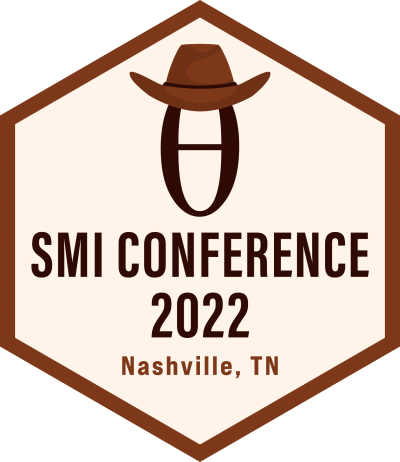Thursday, May 26, 2022 • 3:30–4:45 pm (CT) • Light Hall, Room 512
Organizer: Suprateek Kundu, University of Texas MD Anderson Cancer Center and Emory University
Chair: Sarah Weinstein, University of Pennsylvania
Novel Bayesian method for simultaneous detection of activation signatures and background connectivity for task fMRI data
Jeffrey S. Morris, University of Pennsylvania
Michelle Miranda, University of Victoria
In this talk, we introduce a new Bayesian approach for analyzing task fMRI data that simultaneously detects activation signatures and background connectivity. Our modeling involves a new hybrid tensor spatial-temporal basis strategy that enables scalable computing yet captures nearby and distant intervoxel correlation and long-memory temporal correlation. The spatial basis involves a composite hybrid transform with two levels: the first accounts for within-ROI correlation at the pixel level, and second between-ROI distant correlation. We demonstrate in simulations how our basis space regression modeling strategy increases sensitivity for identifying activation signatures, partly driven by the induced background connectivity that itself can be summarized to reveal biological insights. We apply this model to Human Connectome Project data to reveal insights into brain activation patterns and background connectivity related to working memory tasks. This strategy enables computationally scalable fully Bayesian, multiple-testing-adjusted inference at the voxel or ROI level in a matter of minutes. The work presented here focuses on subject-level analysis, but we have a multi-level extension of this approach under development that, with parallel processing resources, will enable an analogous fully Bayesian analysis at the group level with the potential to reveal population-level insights into activation and subject-specific background connectivity patterns.
Scalable Bayesian models for inference of networks and covariate effects
Marina Vannucci, Rice University
New methods for the simultaneous inference of graphical models and covariates effects in the Bayesian framework will be discussed. We will consider settings where we are interested in the estimation of sparse networks among a set of primary variables, where covariates may impact the strength of edges. The proposed model utilizes spike-and-slab priors to perform edge selection, and Gaussian process priors to allow for flexibility in the covariate effects. In order to estimate these models, we rely on efficient deterministic algorithms based on variational inference. Simulation studies demonstrate how the proposed model improves on the accuracy of previous models in both network recovery and covariate selection. We apply the proposed model to fMRI data, learning both a functional network between brain regions and how the strength of network edges varies based on subject-level covariates, such as age and gender.
Regression and classification with high-dimensional noisy images
Suprateek Kundu, University of Texas MD Anderson Cancer Center and Emory University
Xin Ma, Emory University
Although there has been an explosion in the development of statistical prediction and classification approaches using brain images, existing methods seldom account for measurement error or noise in the images that is present even after pre-processing. In this talk, we propose two novel statistical approaches, one for regression, and another for classification, using high-dimensional noisy images. Using a M-estimation approach in the presence of group penalties, we develop provably flexible regression methods for multi-task learning in regression settings, that views the image as a function expressed in terms of wavelets. For classification, we propose a novel confidence set approach based on noisy images that includes a class of link functions including the smooth hinge loss and logistic regression, and is distinct from the M-estimation approach used for the regression setting. For both regression and classification approaches, provably flexible guarantees are established in terms of error bounds for the estimators, under suitable penalties, and even when the number of voxels increase much faster than the sample size (p>>n). The proposed methods are implemented via projected gradient descent and other related algorithms. Numerical studies are presented to illustrate the gains under the proposed approach, and the proposed methods are implemented for ADNI analysis where the usefulness of the noise corrected methods become evident in contrast to standard methods without noise correction that result in attenuation towards the null phenomenon. To our knowledge, the proposed approaches constitute one of the first body of work to explicitly account for noise in pre-processed high-dimensional images in the context of regression and classification, thus addressing an often overlooked, but extremely important limitation in existing approaches.
